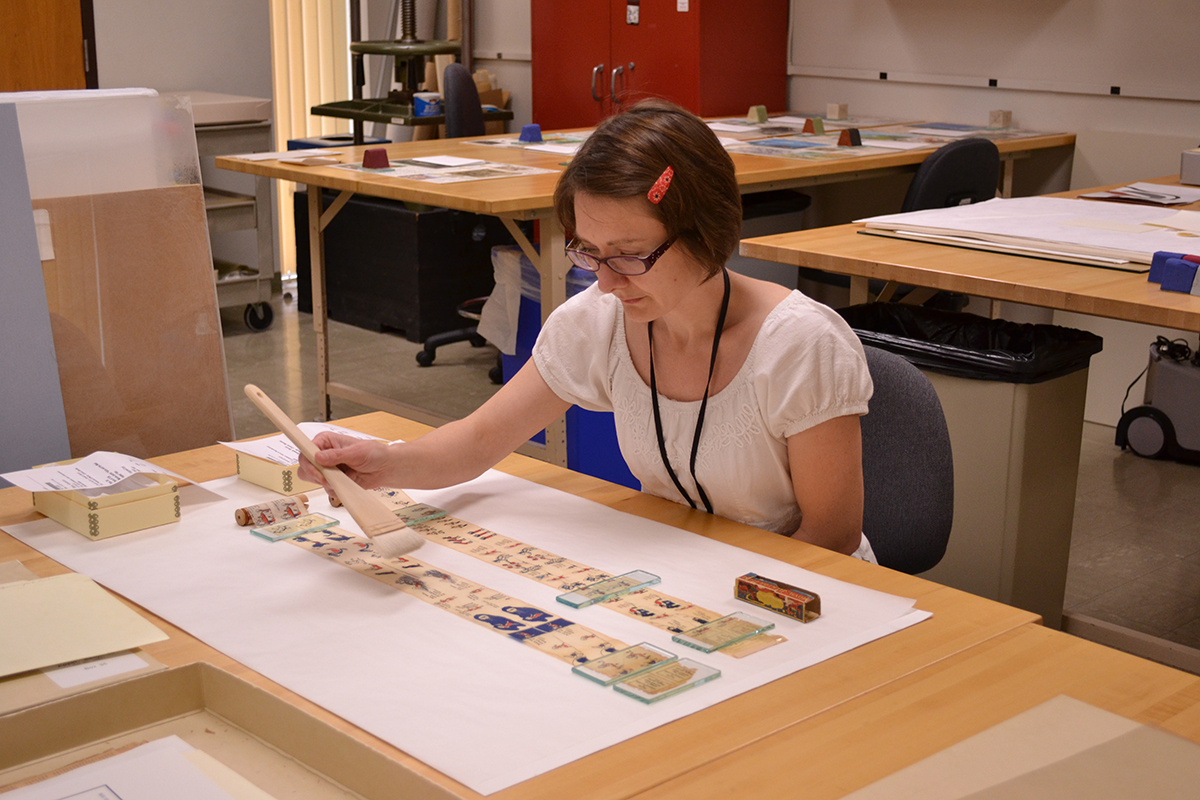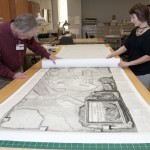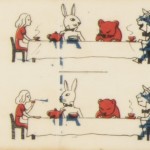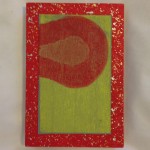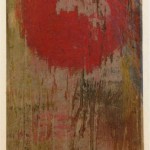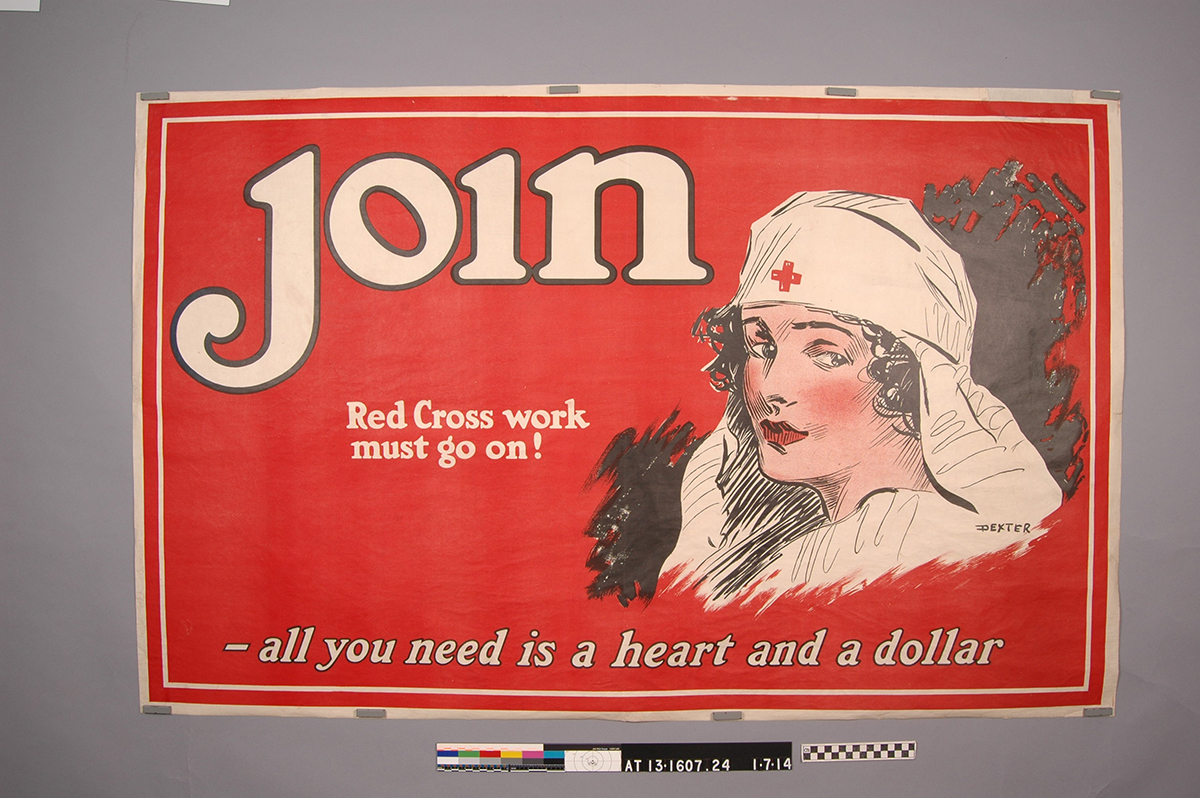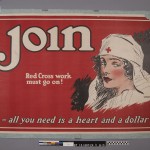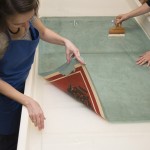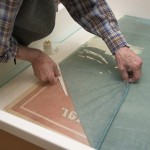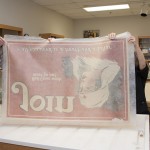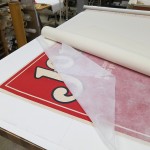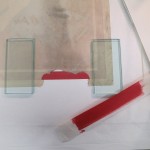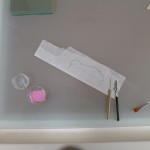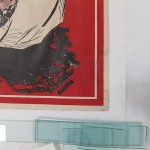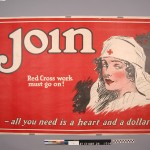Meet the Staff is a Q&A series on Cultural Compass that highlights the work, experience, and lives of staff at the Harry Ransom Center. Heather has a Bachelor of Arts in English from the University of Massachusetts at Boston and a Master of Arts from Buffalo State College with a Certificate of Advanced Study in Art Conservation and Paper Conservation. She joined the Harry Ransom Center after working as a Special Collections Conservator at the Harvard College Library.
How did you decide to become a paper conservator?
When I was an undergraduate, I got a job at Harvard working in the conservation department doing some very entry-level work. That was where I saw the book conservators’ work and thought it was so interesting. A colleague recommended the North Bennet Street School, which has a full-time, two-year training program in which they teach the traditional methods of book binding. After I finished that program, I started as a technician in book conservation, which was when I decided to take it further and go back to graduate school to study paper conservation.
What is one aspect of your job that people would find surprising?
They might be surprised at the decision-making part of my job. People expect that when they come into a conservation lab, they are automatically going to see people working at a microscope, working with their hands, and working with their tools. While that certainly is a big part of what we do, conservation is about managing collections and having an understanding for the Ransom Center’s collections as a whole. We need to make sure that the hours we can sit down and work closely are allocated properly. The decisions are often made on a collection-wide level, rather than on an item level. Conservation is broader than what people expect because it is also related to preservation of collections, environmental monitoring of collections, and making sure that damage doesn’t happen in the first place.
Do you have a preference between hands-on work and decision-making?
I think just about any conservator would have to say that their favorite thing is to sit down at the bench with tools and actually have their hands on the items. That is the most fun part of the job, but the longer I’ve been in the field, the more I’ve learned to see the value of the administrative side. We have a large collection at the Ransom Center and we can treat only so many items in a year. So a lot of attention has to be put on which items should be treated now. I need to know what the most important item for me to be working on today is because I can work on only one item at a time.
Is there a specific item that you felt was particularly rewarding to work?
Items that I recently treated for the upcoming Alice’s Adventures in Wonderland exhibition were challenging—toy film strips called “Movie Jecktors.” While it is a paper object, it is a strip of paper that is wound onto a wooden dowel. It was very fragile and needed quite a bit of repair. It has been one of the most fun objects I’ve treated and so interesting because the paper was similar to tracing paper, and the transparency made it challenging to treat.
Do you have a preference between reading books electronically or tangibly?
I think about that question every time I read. I do both. I read a lot on my iPhone, but then I’ll read paper books as well. I can tell that the convenience of electronic readers is undeniable and that there is nothing we can do to reverse it. We need the convenience of having a library on our device. I’m at peace with this change because I recognize it as the nature of books to become this. But at the same time, people still love paper books. And just about anyone you talk to about reading will say that they love to be able to turn the pages in a book. I still think that reading a paper book is a lot more comfortable for my eyes, and I’m even more comfortable holding it. So, I use both, and I feel good about both.
What book is on your nightstand or iPhone right now?
Hard Choices by Hilary Clinton. I checked out the hardcopy from the library a couple of weeks ago, and I’m just starting it.
Do you have a favorite place in Austin?
I’m a big fan of Zilker Park because of the idea that you can see all of Austin in one place enjoying Zilker for free on a Sunday afternoon. I guess I consider Zilker to be Austin. Also, I love to go to all of the different Mexican food places. I recently moved to South Austin, and I’m learning a lot more about Austin food just by being in the thick of it.
What do you like to do in your free time?
Take my daughter to Zilker Park. That does take up quite a bit of my free time, but I also have an interest in artists’ books, book making, and print making. I try to work on those and take printmaking and book-making classes when I can. I’m a member of the Women Printmakers of Austin. I’m also a knitter and a sewer.
Have you made your own book before?
Before I went to graduate school, I studied book binding at North Bennet Street School, and during that two-year period, I made historical book models all the time. The books that I am making now fit more in the category of artists’ books, which are more like artwork. Imagine a book almost like a sculpture where the book itself is a piece of artwork and might have unusual formats or something like that. I’ve been trying to combine bookbinding and printmaking into one process of book-making, though my projects have been quite simple because the printmaking is so new to me. I really enjoy it.
Have you brought your daughter to the Ransom Center or any of its exhibits before?
Not yet. I am bringing her to Alice’s Adventures in Wonderland this spring.
Please click on the thumbnails below to view full-size images.
